Samsung today launched its keenly-anticipated Galaxy S III flagship Android phone. We played around with it at Samsung's remarkably expensive and busy event in London's Earl's Court.
The hardware spec of the Galaxy S III is second to none. Quad-core 1.4 GHz Exynos 4 processor (a Cortex A9 design, so essentially the same CPU core as found in the NVIDIA Tegra 3, Texas Instruments' OMAP 4, and Apple's A5, among others) with an integrated ARM Mali GPU, paired with 1 GB RAM, 16, 32, or 64 GB of flash (though at launch only 16 and 32 GB models will be available), and a whopping 4.8" 1280×720 HD Super AMOLED screen. The phone sports a wealth of sensors; 8 MP rear camera with LED flash, front-facing 1.9 MP camera, accelerometer, GPS and GLONASS positioning, compass, gyroscope, and, rather weirdly, a barometer. If 64 GB isn't enough, you can add micro-SD storage, up to 64 GB SDXC.
The first units to launch will be 3G with 21 Mbit HSPA+ support; later Samsung will launch an LTE version in the US. Other connectivity is provided by 802.11a/b/g/n, NFC, and Bluetooth 4.0. The battery has a huge 2,100 mAh capacity.
The screen uses a Pentile matrix: each pixel is made up of a pair of either red and green or blue and green sub-pixels, instead of the traditional red/green/blue trio. Pentile gets a bad rap, because under some circumstances it can make text look a little blurry, or add color fringes to black-and-white images, and under a microscope, Pentile matrices look weird.
But this is fodder for the fanboys to complain about. In practice, the screen looks good. AMOLED screens sport high contrast and deep blacks, and the unit in the Galaxy S III is no exception. The resolution is high enough to leave text looking crisp and clean, and while there may be Pentile artifacts if you look carefully enough, close enough, in normal usage it's simply a great looking screen.
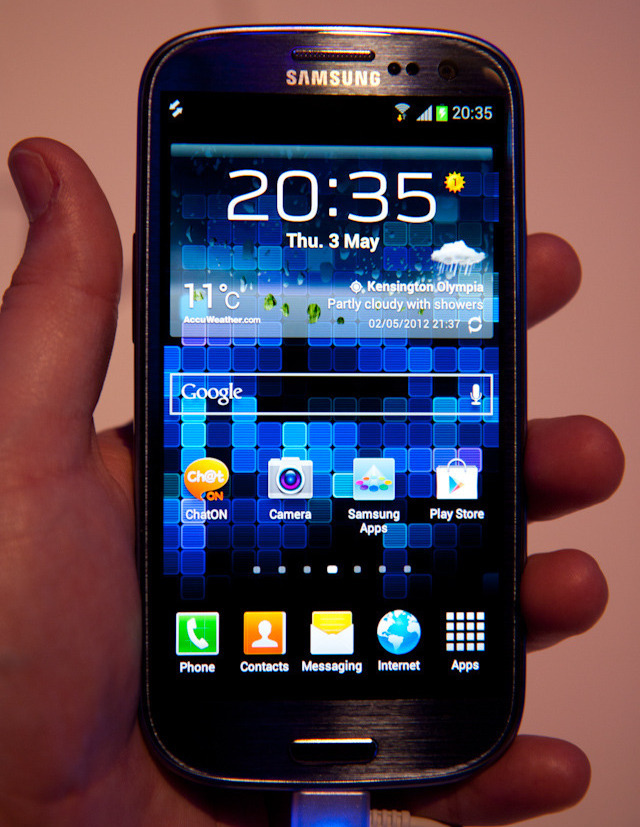
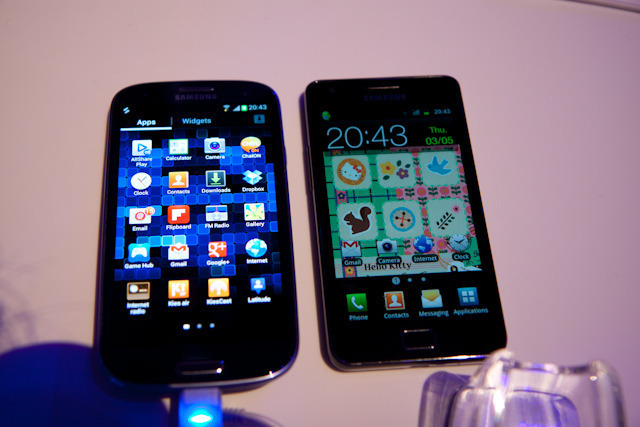
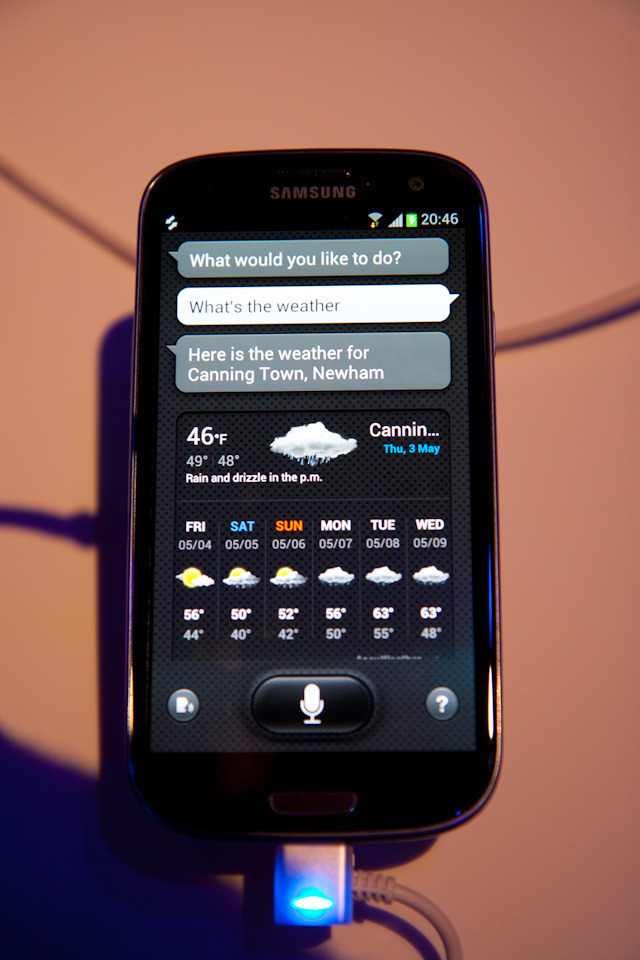
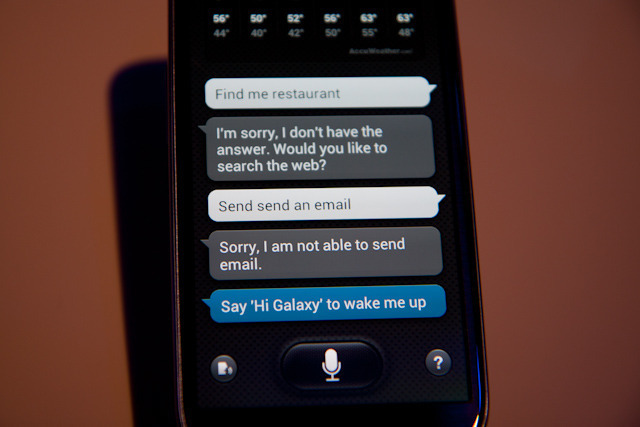
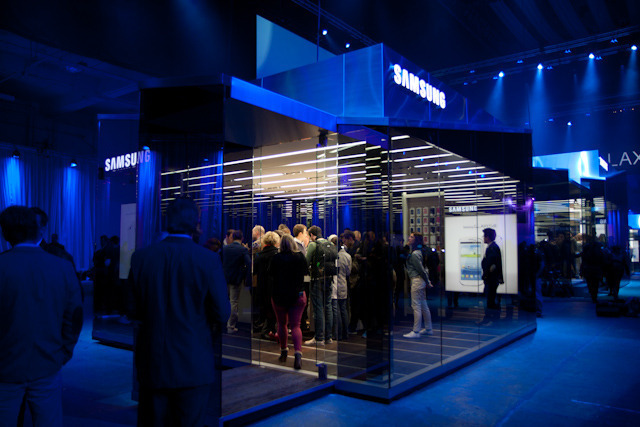
 Loading comments...
Loading comments...
